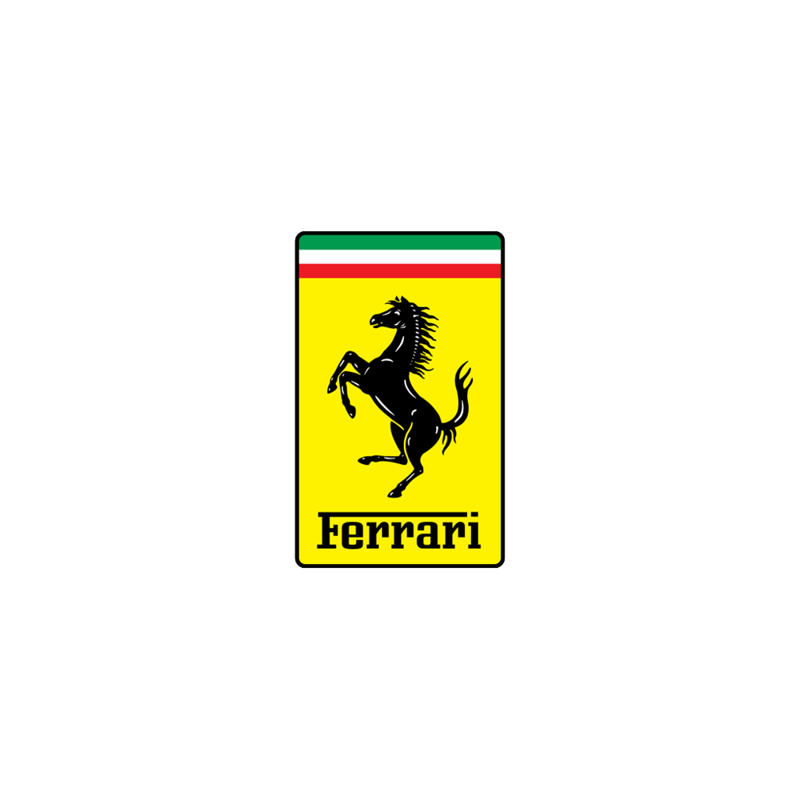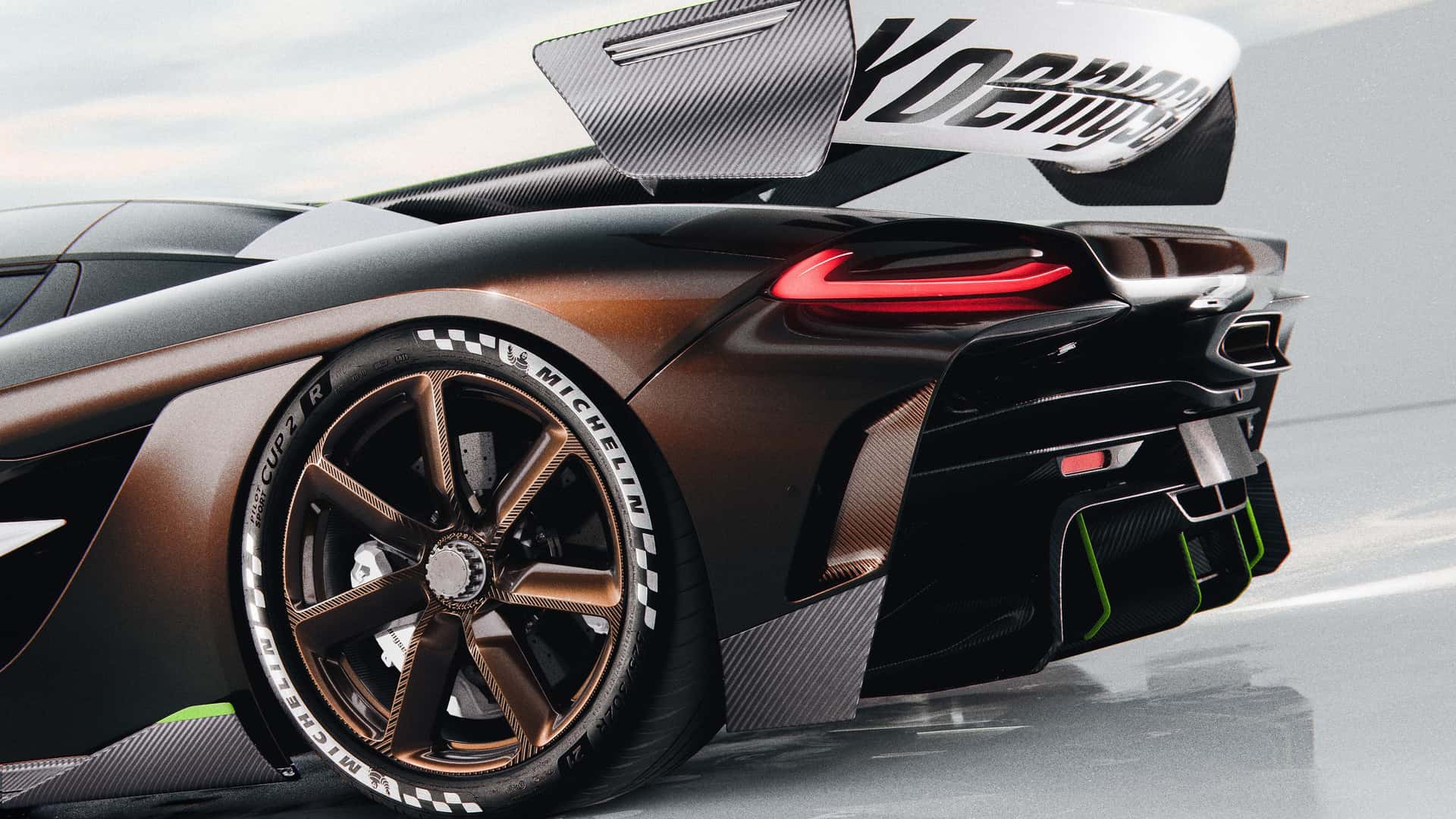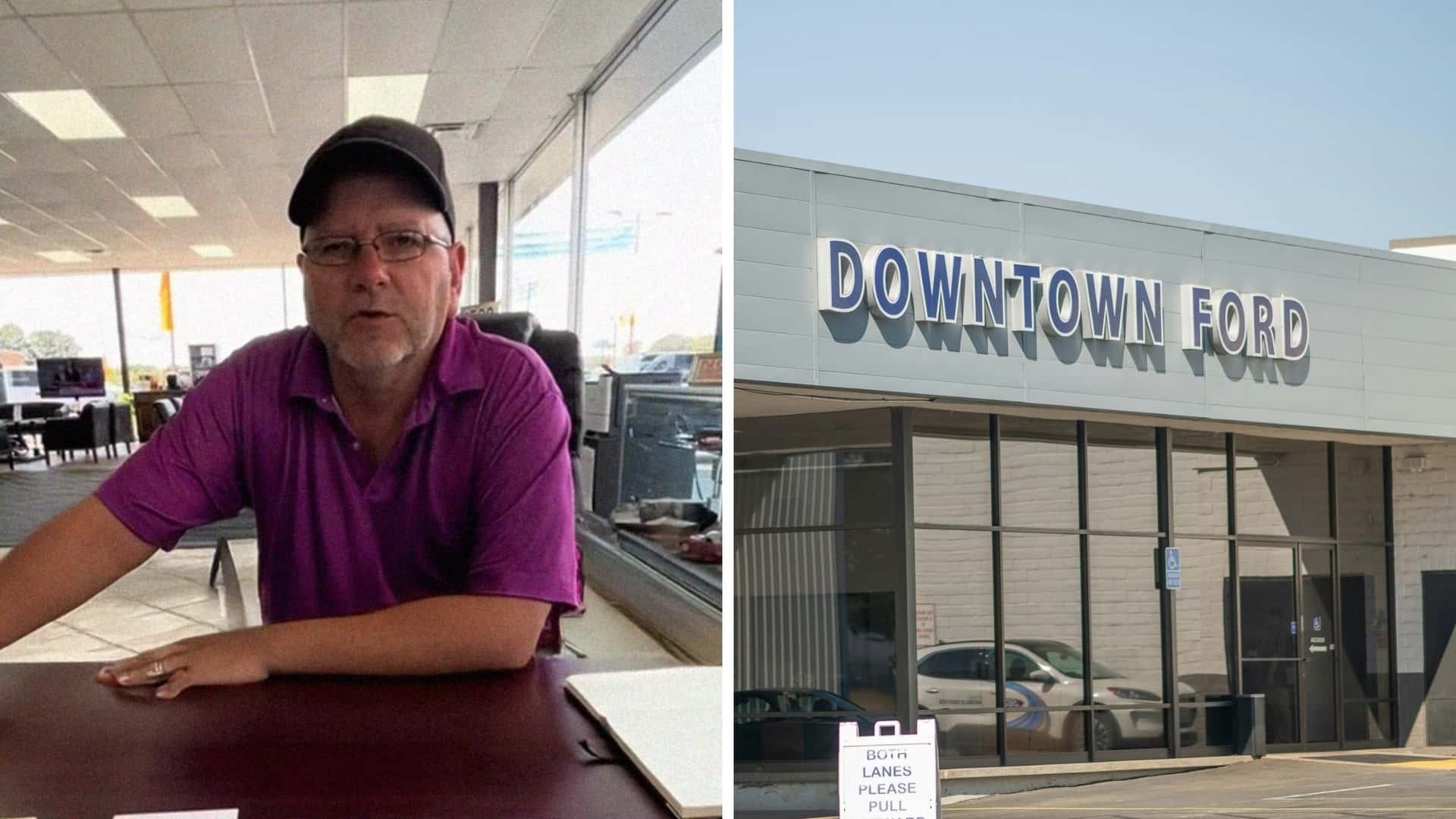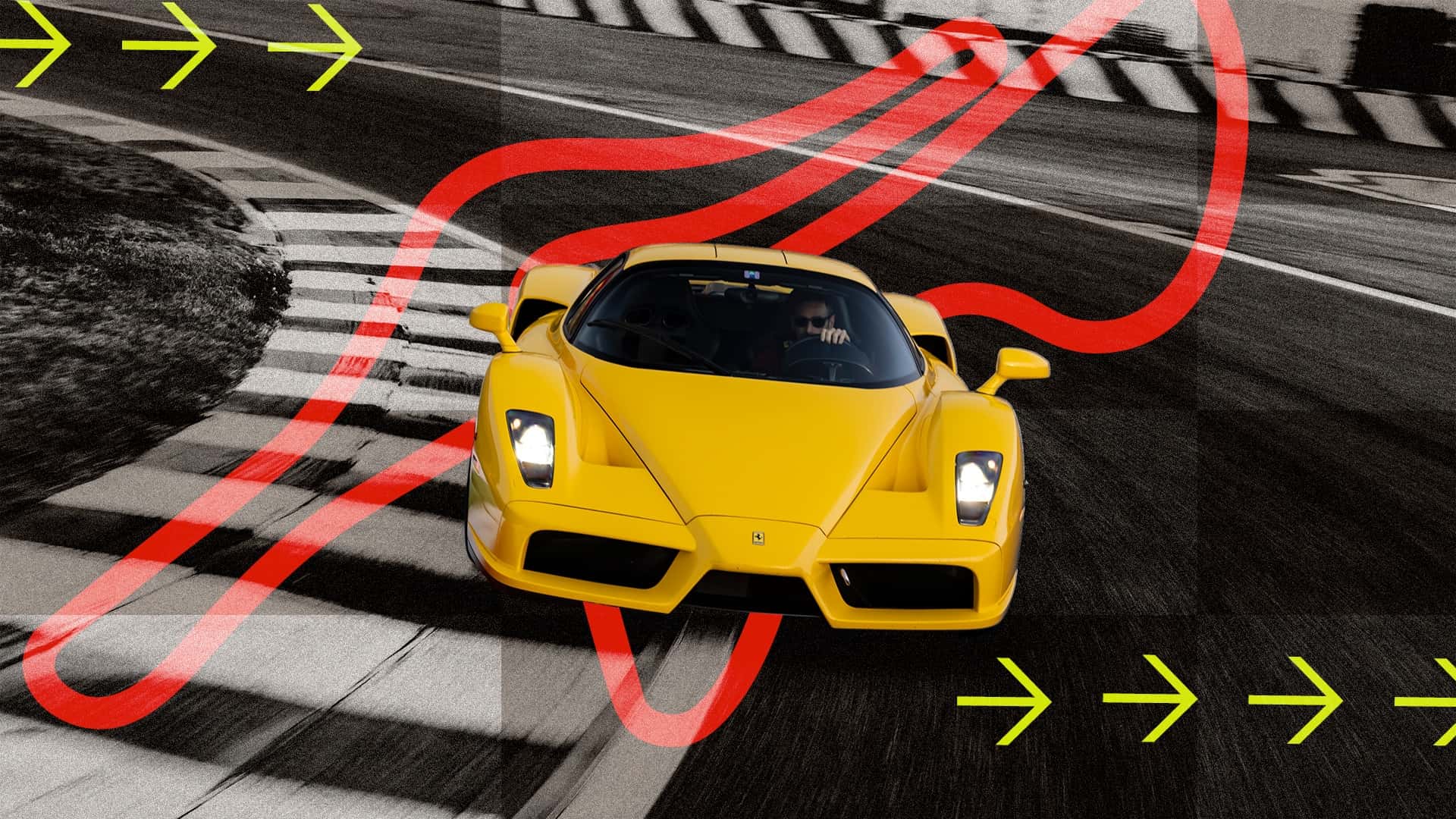Cars With Ferrari V8s That Aren't Ferraris
Quick Links
- The 8C Is Very Rare
- The Thema 8.32 Was Comfortable, But Still Had Claws
When it comes to engines, Ferrari has traditionally offered some of the most emotive and effective units on the road. From its mighty naturally aspirated V12s - used to this day in cars like the 12Cilindri and Purosangue - to its high-revving, lightweight V8s, the brand leaves no stone unturned to ensure its powerplants are exquisitely designed and constructed. As a result, it tends to keep its units close to home, and not farm them out to manufacturers willy-nilly.
![]()
249-1.png
Ferrari
Ferrari is an Italian manufacturer of sports cars, supercars, and luxury grand tourers founded by and named after Enzo Ferrari in 1939 - originally as Auto Avio Costruzioni due to legal complications with Alfa Romeo. Ferrari famously only produced roadgoing sports cars as a means of funding its racing exploits, which include multiple F1 World Championships and wins at Le Mans and various other prestigious races. Today, Ferrari is one of the most valuable brand names in the world, limiting production of its highly-sought-after models to maintain desirability, which is in no short supply when they're powered by some of the world's most advanced V6, V8, and V12 engines.
Founded 1939 (as Auto Avio Costruzioni)Founder Enzo FerrariHeadquarters Maranello, ItalyOwned By Publically TradedCurrent CEO Benedetto Vigna![]()
324-1.png
Maserati
Originally a manufacturer of spark plugs during the First World War, Maserati is a legacy Italian automaker famed for its sports cars and luxury GTs. The brand also has a prominent history in motorsport. Maserati has long been associated with Ferrari as its junior, largely due to its running of Ferrari-built engines and both brands being owned by FCA for a long period of time. However, Maserati now manufactures its own powertrains and stands as a solo brand within the larger Stellantis conglomerate.
Founded 1 December, 1914Founder Alfieri MaseratiHeadquarters Modena, ItalyOwned By StellantisCurrent CEO Davide Grasso
As a result, the only production cars lucky enough to get them without a Ferrari badge have originated from Italy, and have a direct connection with the brand. Here are the production cars that have a Ferrari V8 engine, but don't sport the prancing horse on the hood.
Every production car not produced by Ferrari, but that uses one of its V8 engines was considered for this piece, and here is what we found.
Maserati Utilized Ferrari's Mighty F136 V8 During The 2000s
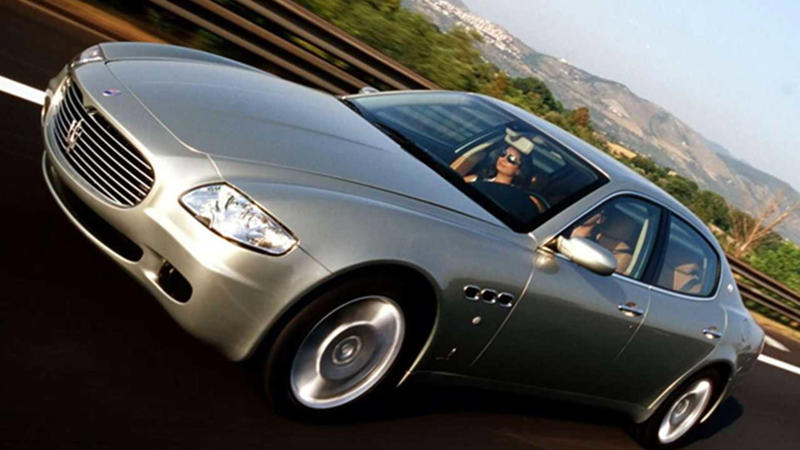
2005 Maserati Quattroporte Silver Front Angled View Driving
One of the biggest recipients of a Ferrari V8 is Maserati, which was primarily owned by Ferrari between 1999 and 2005, when it was taken back under parent company Fiat's direct control. Ferrari developed several new models under the historic brand, such as the Coupe and the fifth-generation Quattroporte sedan. To help save costs but ensure Maserati had a modern and powerful V8 to slot into its new models, Ferrari helped the brand design the F136.
2001-2019 Ferrari F136 V8 Specifications | |
|---|---|
Displacement | 4.2-4.7L NA V8 |
Power | 385-454 hp |
Torque | 333-384 lb-ft |
Notable Non-Ferrari Applications |
|
The naturally aspirated V8 came in several displacements ranging from 4.2 to 4.7 liters in size, and was built between 2001 and 2020. It didn't feature in any Ferrari road car until the F430 came along in 2006, with its early history being made under the hood of Maserati's fleet of offerings. Interestingly, the units in Maseratis were equipped with cross-plane crankshafts, while ones used in Ferrari's offerings had flat-plane crankshafts. This was done as while the latter could rev more rapidly and provide better acceleration, the former reduced the amount of vibration and harshness produced by the engine. As Maserati's models were aimed more at the luxury market, this was seen as the more logical direction.
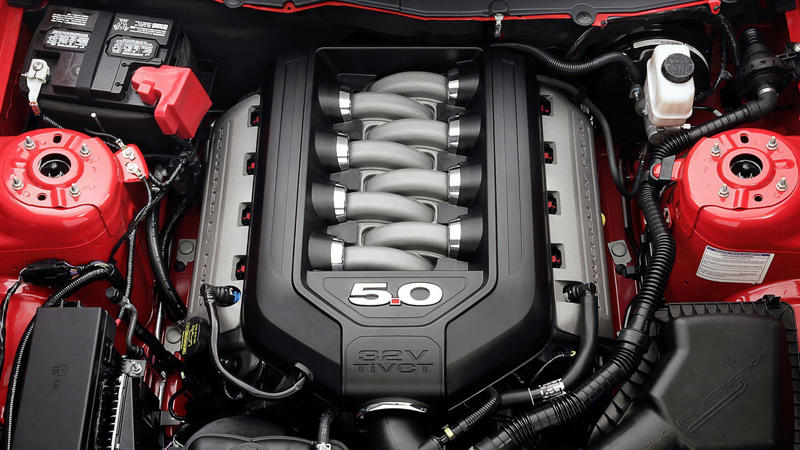
2011 Ford Mustang GT Coyote V8 Engine
What is your favorite engine configuration?
Volkswagen recently built its final VR6 engine, which got us thinking about all the engine configurations out there. These days, the most prominent engine options are inline fours and sixes, but there are several to choose from. You have the beloved V8, which powers sports sedans to pickup trucks and everything in between, and the sonorous V12, which is traditionally a supercar engine. The V6 is more of a workhorse, while the V10 is rare and also associated with exotica. We can't forget Audi's beloved turbocharged inline-five, or VW's groundbreaking W12. Bugatti used to build W16 engines, but the Tourbillon will use the first V16 engine in more than 80 years. And let us not forget about classic motors like the straight eight, or engines associated with one particular brand. Like Subaru and the flat-four, or Porsche's turbocharged and naturally aspirated flat sixes. Which engine configuration is your favorite, and why?
The F136 was at its most powerful in later models of the GranTurismo and GranCabrio, built between 2012 and 2019. The all-aluminum V8 produced 454 hp in these offerings, around 70 hp more than they did in early Maserati Coupes. The Gran Turismo continued to use the engine even after Ferrari was separated from the Fiat brand in 2016.
Alfa Romeo Also Made Use Of The F136 In Its Sports Car
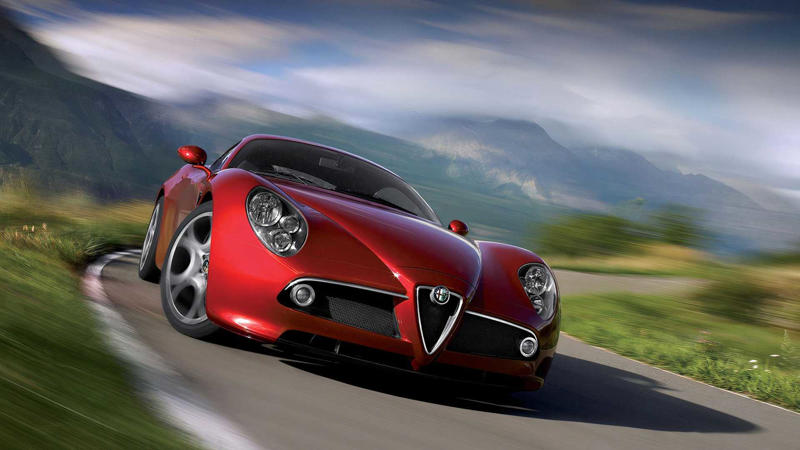
2007-2009 Alfa Romeo 8C Competizione Coupe Red Front Angle Driving
Maserati wasn't the only Italian brand to utilize the F136, as Alfa Romeo was also owned by Fiat. Looking to position itself in the performance car space once more, Alfa Romeo decided to develop a two-door sports car called the 8C Competizione, the last Alfa to ever feature a V8. Electing to slot a naturally-aspirated V8 under the 8Cs elongated hood, Fiat allowed Alfa to root around in its parts catalog rather than develop a new one.
2007-2010 Alfa Romeo 8C Specifications | |
|---|---|
Engine | 4.7L NA V8 |
Power | 450 hp |
Torque | 354 lb-ft |
0-60 mph | 4.8 seconds |
Top Speed | 181 mph |
The 4.7-liter variant of the F136 was chosen for the job, so it was brought along with a six-speed manual transmission. It produced 450 hp in the Alfa, with the grunt sent to the rear wheels via a limited-slip differential. It could fly to 60 mph in just 4.2 seconds.
The 8C Is Very Rare
Alfa's new sports car was never meant to be a long-term thing, and in the end, fewer than 1,000 examples were ever produced. The company announced that only 500 editions would be made, though it could easily have gone further due to around 1,300 orders being received once production was confirmed. A further 329 Spider versions of the car were made, increasing the final production count to 829.
Maserati Continued To Use Ferrari Engines Until It Decided To Go Full EV
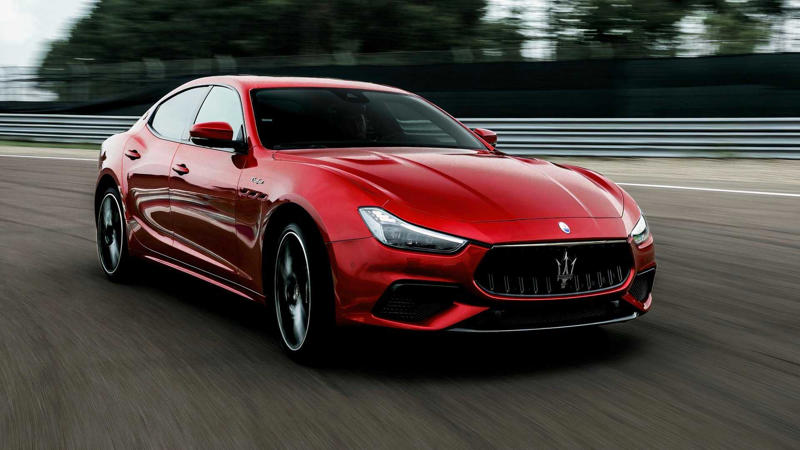
2024 Maserati Ghibli Trofeo Red Front Angled view Track Driving
The F136 wasn't the only V8 engine borrowed from Ferrari either, as Maserati gave its Italian friends a call when it needed to move away from naturally aspirated engines and use more efficient turbocharged units as the 2020s approached. Like the F136, the twin-turbocharged F154 V8 first made its debut in a Maserati, rather than a Ferrari. Its first assignment was in the 2013 Quattroporte, before it then featured in the Ferrari California T from 2014.
2001-2019 Ferrari F154 V8 Specifications | |
|---|---|
Displacement | 3.8-4.0L twin-turbo V8 |
Power | 520-590 hp |
Torque | 479-538 lb-ft |
Notable Non-Ferrari Models |
|
By the time the 2020s came around, it was also being used in the smaller Ghibli sedan and the Levante SUV. It came in 3.8-liter form in all the Maserati's it was slotted into, with the most powerful version coming in the Levante Trofeo, where it produced 590 hp horsepower, which allowed it to blast the heavy SUV past the 60 mph barrier in just 3.8 seconds.
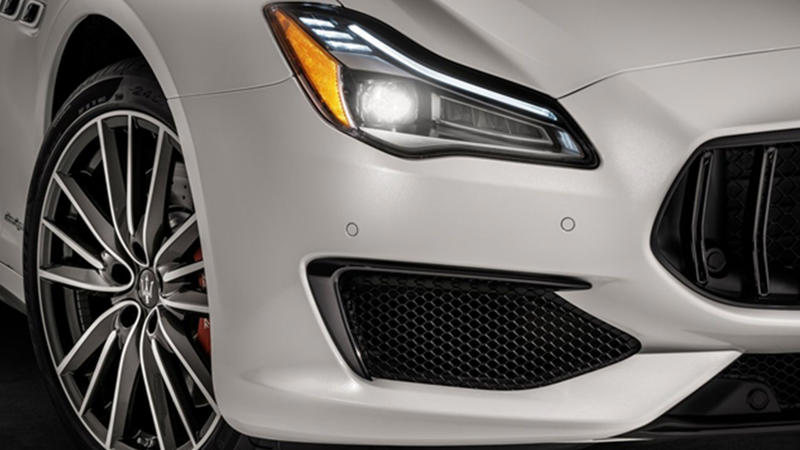
2020 Maserati Quattroporte Silver Headlight and Front Wheel
The Five-Year Old V8 Maserati You Can Buy For A Steal
While buying a car new feels more special than buying a used example, the specter of depreciation lurks. One Maserati is particularly at risk of this.
Despite featuring different power outputs across Maserati's range, the F154 produced the same 538 lb-ft of torque. The engine performed its task expertly, powering the brand's portfolio until 2024. Maserati has pledged to an EV future going forward, with cars like the recently-released GranTurismo and GranCabrio Folgore getting their grunt from a tri-motor powertrain instead. This means the F154 will likely be the last Ferrari V8 to ever star in a Maserati. What a shame.
Lancia's Underrated Sports Sedan Used A Small Ferrari V8 For Sustenance

1986 Lancia Thema 8.32 Red Front Angled View
Aside from Maserati and Alfa Romeo, another historic performance brand owned by Fiat was Lancia, one of the most storied rallying brands in history. As a result, Ferrari played a large part in helping the marque develop some of its models during the 20th century. One of the coolest was the Thema 8.32. Alongside the upgraded suspension and braking setups, and nifty active rear spoiler that rose from the trunk at high speed to increase stability, Ferrari allowed Lancia to borrow its 2.9-liter Dino V8.
1986-1991 Lancia Thema 8.32 Specifications | |
|---|---|
Engine | 2.9L NA V8 |
Power | 212 hp |
Torque | 210 lb-ft |
0-60 mph | 6.8 seconds |
Top Speed | 149 mph |
Also known as the Quattrovalvole, or four valves per cylinder, the naturally aspirated unit underwent some changes before it was slotted into the Thema. Like Maserati did years later, the flat-plane crankshafts used in the likes of Ferrari's 308 sports car were replaced by cross-plane cranks to ensure the Thema was easier to live with.
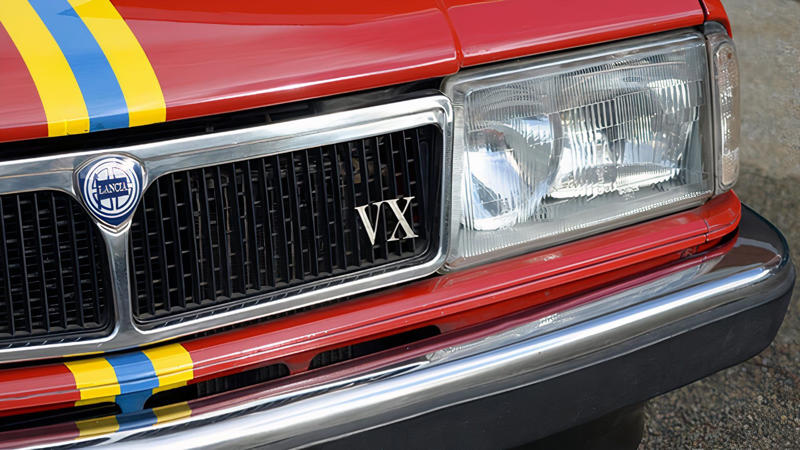
Red Lancia Trevi Bimotore grille
Lancia's Attempt To Match Audi's Quattro Was Insane
With Lancia needing to take the fight to Audi's mighty Quattro in Group B rallying, it decided to go extreme in an attempt to stop its charge.
The Thema 8.32 Was Comfortable, But Still Had Claws
As far as V8-powered cars go, the Thema was pretty unusual as the grunt was still sent through the front wheels. Despite this, the 212 hp powerplant could still transport the Thema to 60 mph in 6.8 seconds, and on to a top speed of 149 mph. The Thema 8.32 ended up being a bit of an enigma, given it was the only Lancia sports sedan to ever come with a Ferrari-developed V8.
It was offered for five years between 1986 and 1991, before Lancia returned to using turbocharged four-cylinder engines in legendary models like the Delta Integrale. With the age of the V8 soon coming to an end thanks to ever-tightening emissions regulations, the chances of seeing Ferrari V8s in other vehicles may be limited to independent efforts.

